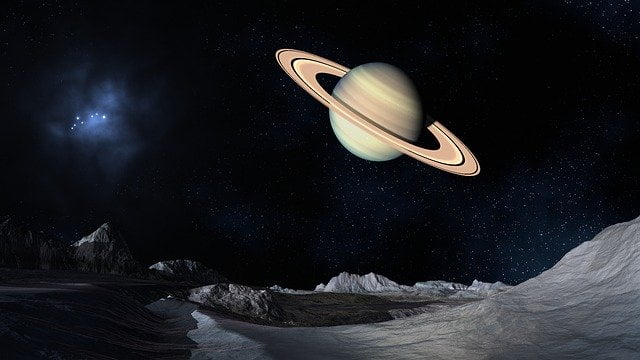CHANGES IN STATES OF MATTER USING KINETIC THEORY
The kinetic theory of matter explains the behavior of matter in terms of the motion of its particles. According to this theory, matter is composed of tiny particles (atoms, molecules, or ions) that are constantly in motion. Changes in states of matter, such as solid to liquid or liquid to gas, can be explained using […]
CHANGES IN STATES OF MATTER USING KINETIC THEORY Read More »

